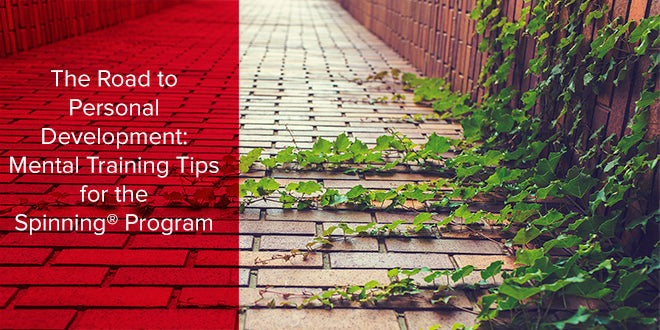Spinning® workouts can be a useful tool for individuals seeking to improve mobility and overall fitness. And with more people spending long periods of time behind a desk or sitting in a car, engaging in physical activities such a Spinning can make a world of difference in enhancing overall function. The activity involves the utilization of the foot/ankle, knee and hip joints, which are often left in stationary positions for extended periods of time when behind a desk or in car. Spinning promotes motion in those joints, improving lower extremity mobility and strength. Increased range of motion and strength in these joints can carry over to improved function during everyday activities (1).
Detect Dysfunction
As a Spinning instructor, your role is limited to identifying movement dysfunctions as they relate to cycling biomechanics. It’s important to realize that it is beyond the scope of the Spinning instructor to diagnosis injuries. Nevertheless, the way in which you setup a new rider and observe movement patterns in all riders is critical in identifying movement compensations. According to Linda Freeman, a STAR 3 Certified Spinning Instructor, “Inappropriate bike fit is a leading cause of discomfort, potential injury and failed experience.” Refer to your Spinning Instructor Training manual for a refresher on how to properly set up a new rider and correct ergonomics on the bike.Promote Optimal Function
Spinning instructors are in a unique position to help students achieve their goals and provide information, advice and resources to further improve health. Riders can apply the techniques learned in a Spinning workout to their outdoor riding experience and other physical activities, making the instruction you offer in class have far reaching effects to promote optimal function.Prevent Impairments
All physical activity carries with it the risk of injury, but so too does inactivity. One of your roles as a Spinning instructor is to help students engage in physical activity that prevents injury from overuse, improper form or lack of rest and reduces the likelihood that participants will experience these events outside of the classroom. That sounds like a tall order, but it’s really as simple as ensuring students’ progress gradually, exercise regularly and schedule rest on a regular basis. Additionally, observe contraindications of the Spinning Program and ensure none has crept into your routines. References:
Clark, M.A., & Lucett, S.C. (2011). The National Academy of Sports Medicine essentials of corrective exercise training. Baltimore, MD: Lippincott, Williams and Wilkins.






Leave a comment
This site is protected by hCaptcha and the hCaptcha Privacy Policy and Terms of Service apply.